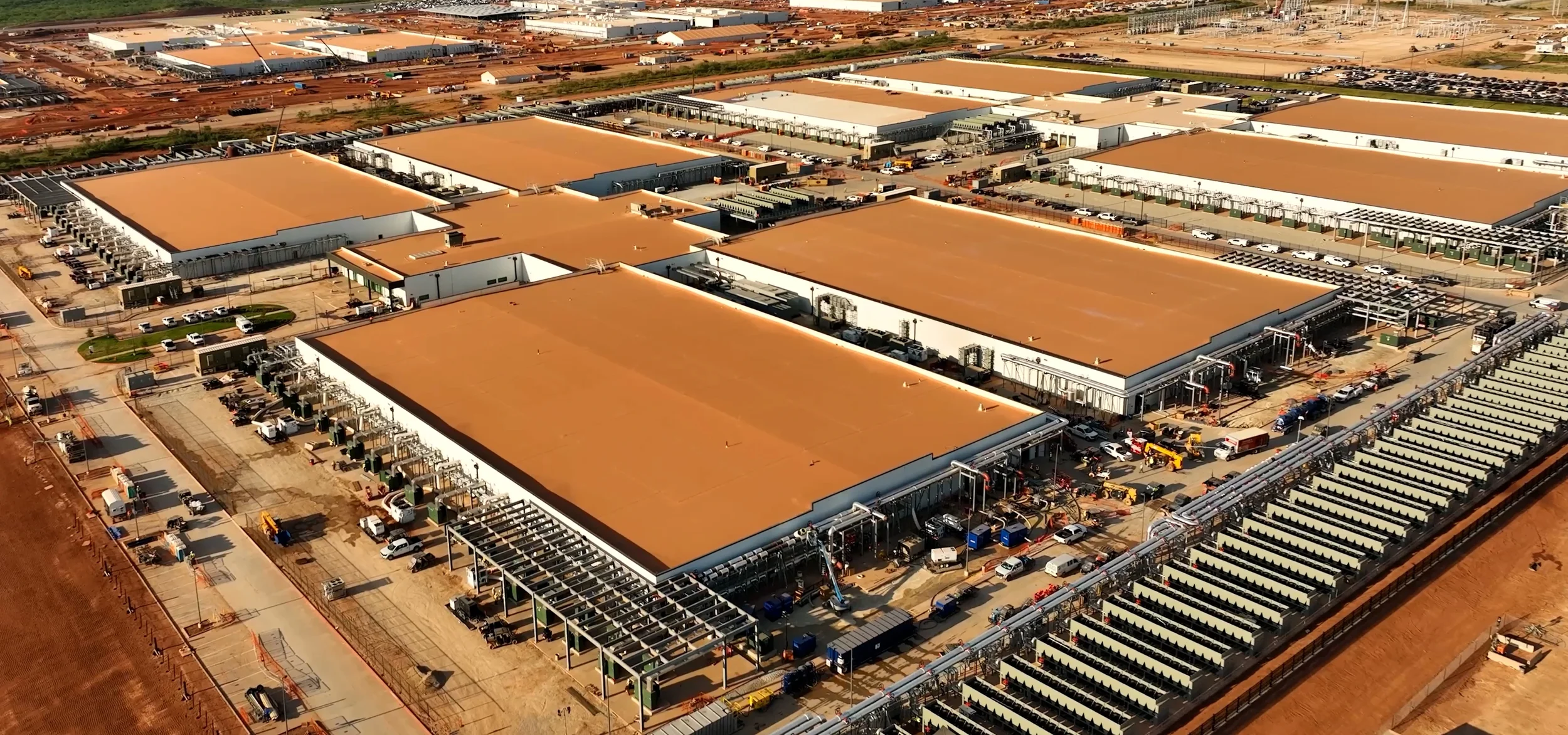AI’s Impact on Rural Communities
It is undeniable that AI is taking over. Everyone is talking about it, more people are using it every day, and there are endless theories about its long-term impacts. At RTN, we see exciting opportunities for AI in tourism, but we also know rural communities are being disproportionately impacted by the AI boom. Many of our members operate in places with limited broadband, tight budgets, and deep ties to the land. Before exploring AI for marketing or visitor services, we wanted to examine how this technology is already changing rural America.
Rural communities’ physical resources and unique challenges are attracting AI companies in large numbers. On one hand, large plots of open land are being replaced by AI data centers. On the other hand, the resources that rural communities often lack, such as labor or public services, are being filled by AI solutions. From health clinics experimenting with AI diagnostics to schools piloting AI tutors, rural America is becoming a testing ground for new technologies.
A Land Rush of Servers
The most visible sign of the AI boom in many rural counties is the sudden arrival of data centers. To power enormous language models, tech firms are building server farms where land is cheap. In 2025, new projects in Iowa, Texas, and Virginia are projected to add billions in infrastructure, but also raise concerns over water and energy usage. Many have warned that some facilities consume “more energy and water than entire cities,” prompting a bipartisan call to study their strain on rural infrastructure and explore renewable alternatives. A large data center can use up to five million gallons of water per day, while mid‑sized ones draw 110 million gallons per year, amounts that alarm communities facing drought. These projects bring jobs and tax revenue but may also raise utility bills and change the landscape.
The proposed federal study will look at ways to integrate data centers into rural economies without shifting costs to families. Communities will need to weigh the tax revenues against sustainability and land use, ensuring natural resources are protected for tourism and agriculture.
Smart Farming
Beyond data centers, AI is making its way to the farm. Precision‑agriculture tools use sensors, drones, and algorithms to guide when to plant, irrigate or spray, increasing yields while reducing waste. Adoption remains limited, only 27 percent of U.S. farms reported using precision practices in 2023, because equipment is expensive, broadband is spotty and farmers worry about who owns their data. In 2025, USDA and NSF announced new pilot programs in the Midwest and Southeast to test affordable AI tools for small farms. Programs funded by nearly $200 million in federal research aim to develop affordable tools for small farms.
AI is already helping some growers: smart sprayers distinguish crops from weeds to reduce herbicide use, and smartphone apps diagnose plant diseases from photos. These tools show how AI can complement traditional know‑how, yet many small farms lack the capital or internet access to adopt them, widening the gap between industrial and family operations.
AI for Health Care
Health care is another area where AI shows promise but faces limitations. Telehealth already helps rural patients consult with doctors remotely, and AI is layering on new capabilities. In some clinics, AI transcribes visits and updates charts, easing paperwork. In 2025, regional hospital networks began rolling out AI systems that scan CT and X‑ray images and flag strokes or pulmonary embolisms in seconds; these tools are launching in smaller communities at no additional cost to patients. But these advances require broadband and trained staff, resources that many rural areas lack. Without reliable internet, AI‑powered telehealth and diagnostics remain out of reach.
AI is also appearing outside hospital walls. Recent trials in North Carolina and West Virginia have tested AI‑guided drones for delivering prescriptions and lab samples across mountainous terrain, expanding on earlier projects in Virginia. Remote monitoring tools can now analyze vital signs with FDA‑approved AI software, alerting nurses before a crisis and potentially keeping elders safely at home. Yet these innovations raise ethical questions about data privacy and algorithmic bias.
Bridging the Gap
With AI’s cost-saving benefits, rural communities often need AI solutions the most but are the least prepared to use them. Adoption rates lag behind urban areas, yet dependence on AI to fill service and labor gaps is growing, an irony that may leave the communities most in need the least equipped to benefit. For decades, there has been a persistent tech divide between rural and urban America, and it is only intensifying. Urban schools and businesses often adopt tools quickly, while rural counterparts may lack the resources and training to keep pace. This imbalance risks further concentrating power and opportunities in urban areas while rural communities lag behind.
Rural schools and workers face an uneven starting line in the AI era. Rural districts account for 53 percent of the nation’s school districts, yet receive only 17 percent of state education funds. AI tutoring platforms and virtual labs could help students in remote areas study advanced subjects, but they rely on computers, broadband, and teacher support. The gaps extend beyond geography: roughly 30 percent of rural Black households lack broadband, compared with 17 percent of white households. Without devices, technical assistance, and digital literacy programs, entire families risk being left behind.
The digital divide isn’t just about infrastructure; it’s about opportunities and aspirations. During the pandemic, rural Black students were more likely to miss school or rely on unstable hotspots, and nearly 25 percent of rural workers with limited job prospects said they had considered moving for better opportunities. Many workers still lack access to upskilling programs, and 36 percent of rural residents rate their technology quality poor.
Striking a Balance
Across these sectors, the pattern is clear: AI’s potential is immense, but access is uneven. Data centers deliver revenue yet drain water; smart farming increases yields but is costly; AI health tools catch strokes quickly but require broadband. Rural schools and workers could benefit from AI tutoring and training, yet many lack training and connectivity.
Right now, it seems like people are either totally for or totally against AI. But the reality is more nuanced. No community will be impacted equally, and everyone deserves a say in what happens in their community. At RTN we aim to surface these nuances and help tourism professionals navigate them. We encourage you to try AI tools that streamline operations and enhance guest experiences, while also engaging in conversations about infrastructure and equity. It’s okay to be both excited about innovation and skeptical about its side effects. By sharing stories and advocating for inclusive policies, we can ensure the community and the algorithm work together, upholding rural heritage while embracing the future.
No single organization or company can solve these challenges alone. Community leaders, policymakers and businesses must work together to expand broadband, fund schools and ensure AI systems are designed with rural realities in mind. As readers, you can play a role by participating in local planning meetings, supporting organizations that train workers, and speaking up when proposals threaten your water supply or cultural heritage. We at RTN promise to keep listening and to share the stories of innovation and caution we encounter. Together, we can build a future where AI enhances rural life without erasing what makes it special.


